What Does a Trusted Abortion Resource Look Like?
No one person can have all the knowledge necessary to talk about sex, love, relationships, reproductive health, and all the questions that may come up when talking to young people. Previously, we’ve discussed the four things to look for when searching out trusted resources to aid and guide conversations. But what do these tips look like in a real-life example?
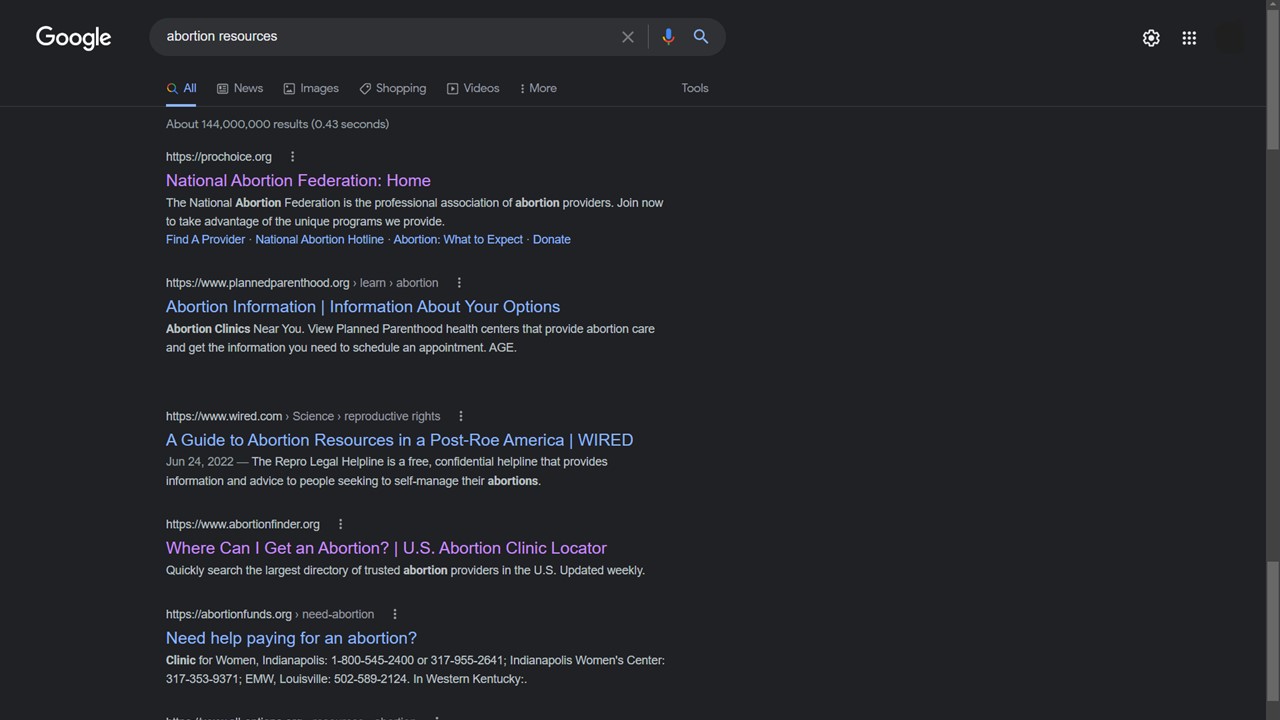
Look at the Source
When you search “abortion resources” one of the first results is AbortionFinder.org. The ‘org’ at the end of the web address is most commonly used by non-profit organizations such as ours (who runs Abortion Finder).
While not a foolproof clue, websites that end in dot org are more likely to be trustworthy than those ending in dot com.
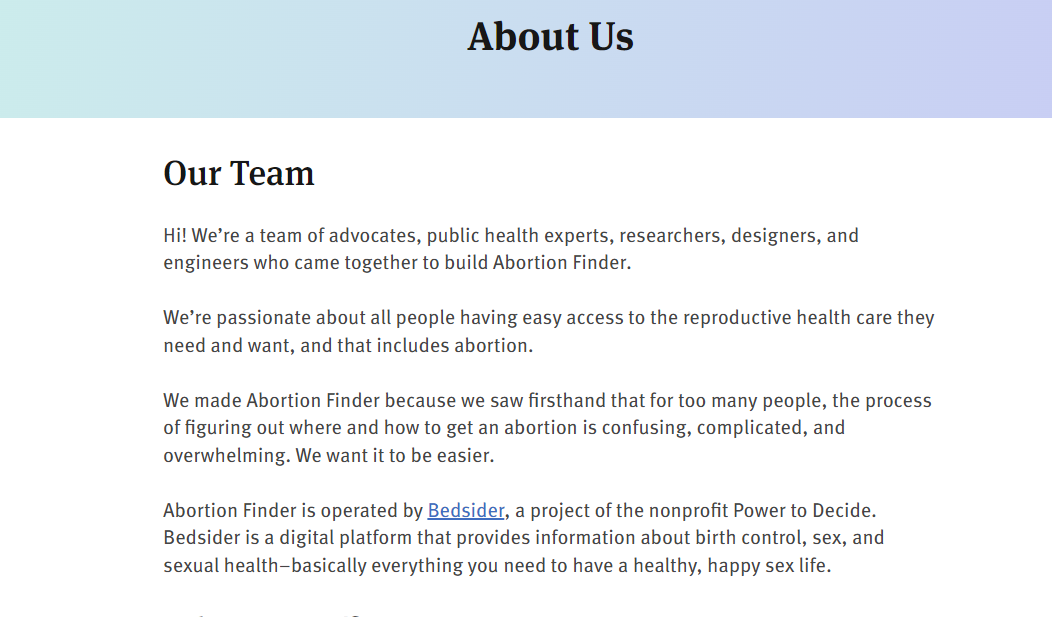
Look at the Author
Most trustworthy websites and resources will have an about us section, something their sources in an FAQ, or an author bio to read.
On AbortionFinder.org there is an About Us section cleared labeled in the top menu. On that page we clearly list who operates AbortionFinder (Bedsider, a project of Power to Decide) and who AbortionFinder partners with (independent providers, the National Abortion Federation, Planned Parenthood Federation of America, and Advancing New Standards in Reproductive Health among others).
In the FAQs there is an entire section about the site itself—why we created it, where we get our provider lists from, and what we consider a verified provider. We clearly label these sections so that they’re easily findable and we provide plenty of information that shows our intentions and our qualifications, all of which helps visitors understand that they can trust us.
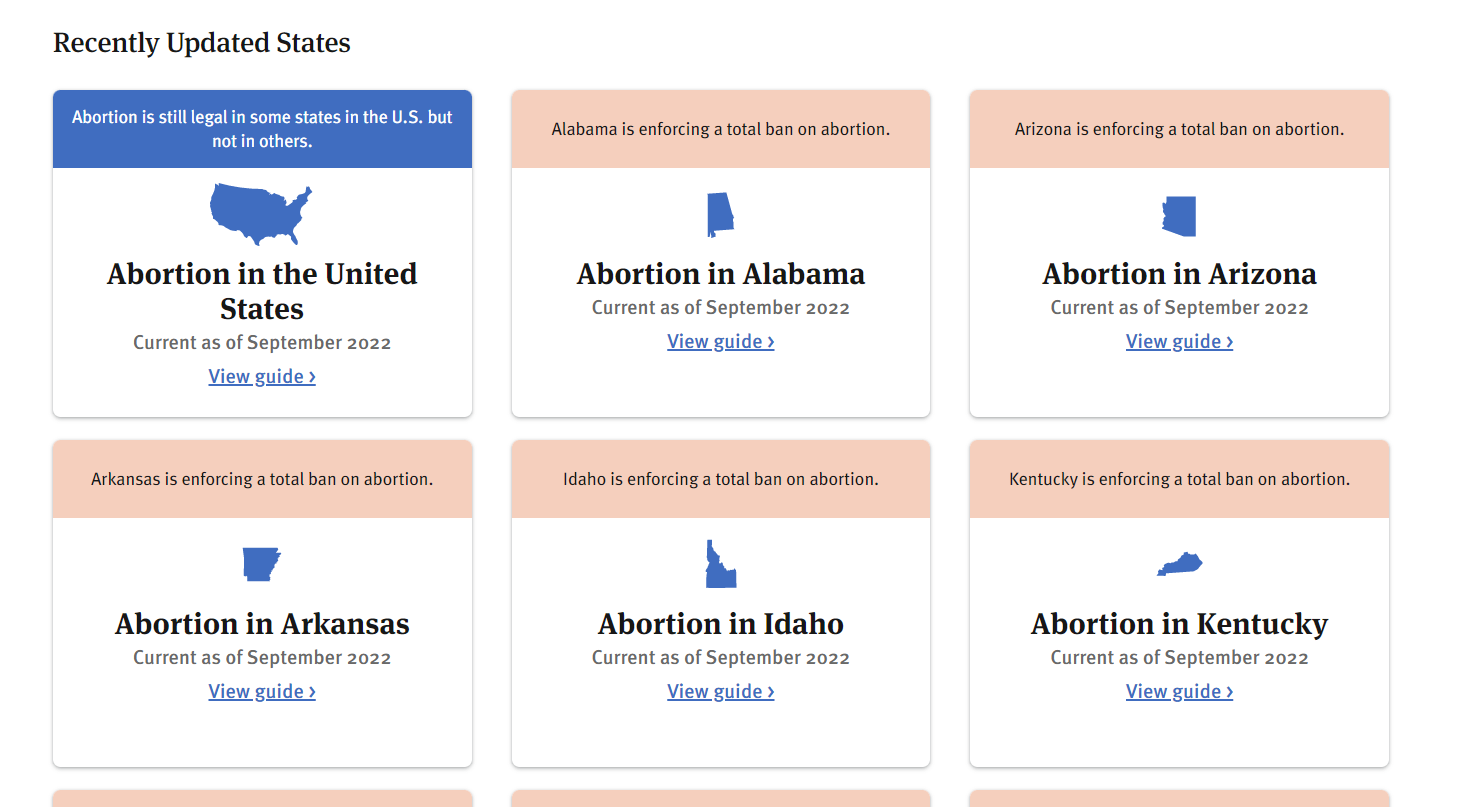
Look at the Publication Date
Medical science changes regularly. Consequently, the publication date is important. Regarding abortion access in the US, since the Supreme Court’s decision to overturn Roe v. Wade over the summer, the landscape also changes regularly.
On AbortionFinder.org we update our database weekly to ensure that the information—including contact information, hours, and what services they offer—we have on every provider is up to date and accurate. We also note the last time each of the states in our State-By-State Guide was last updated so readers can be sure that they’re looking at the current state of abortion access where they live.
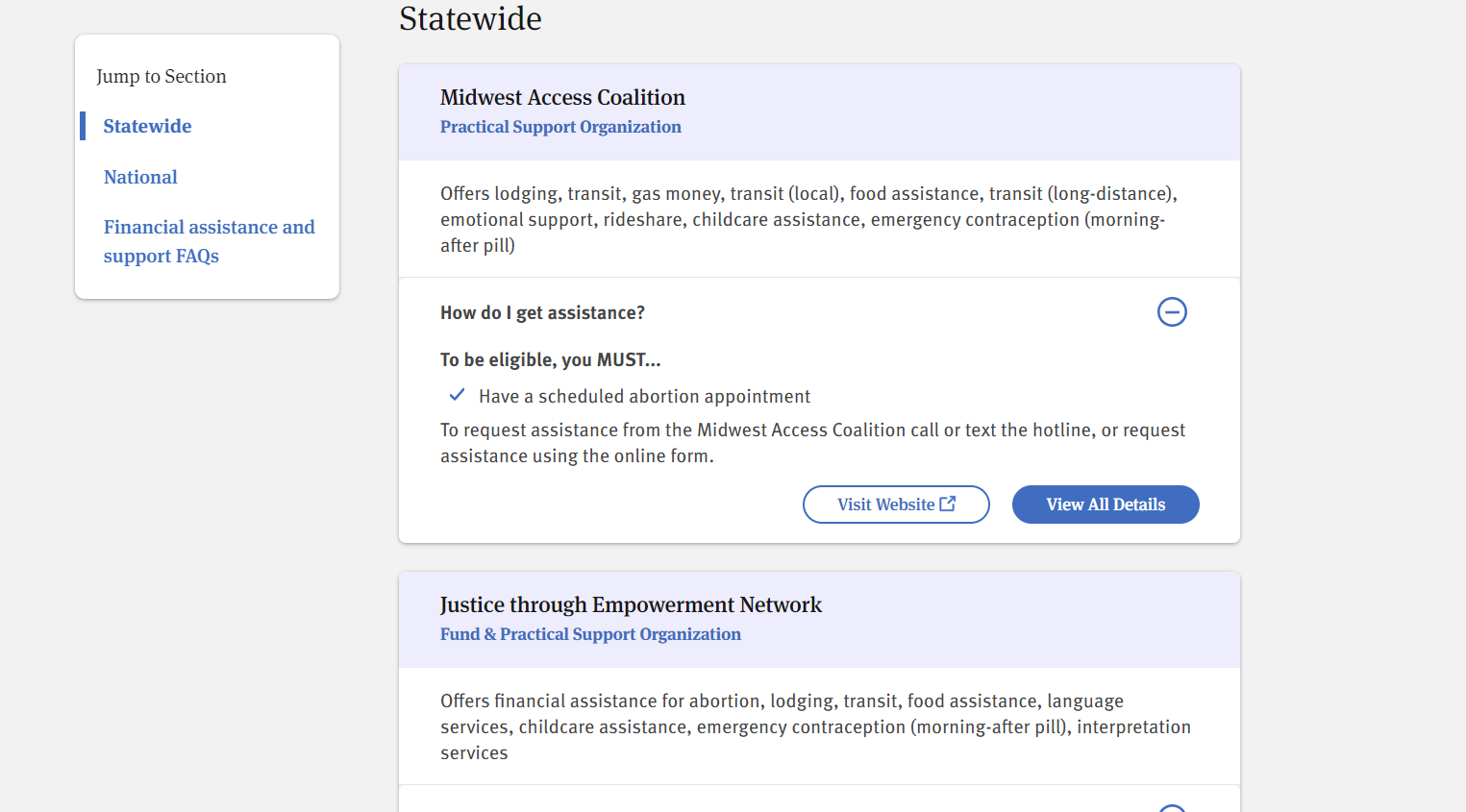
Look at a Variety of Media
Linking to other trusted resources—including what some call ‘new media’ aka social media accounts—is often a good sign. A trusted resource is often one that doesn’t pretend to have all the answers.
On AbortionFinder we link to state and national organizations that offer assistance to people seeking abortion care. On our social media accounts, we make a point of uplifting other organizations—both state and national—that are also working to increase access to and information about abortion in America.
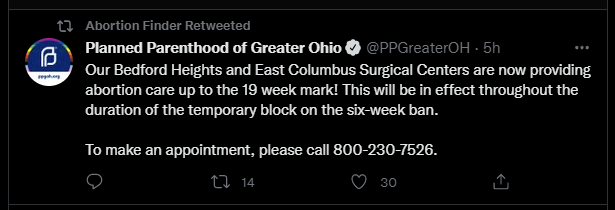
A few trusted resources can help make talking to the young people in your life about sex, love, and relationships less daunting. Remember, you don’t need to cover it all in one go and there’s no rule that says you have to have all of the answers. Conversations can unfold and grow over time and should become a dialogue where everyone can learn something new.

